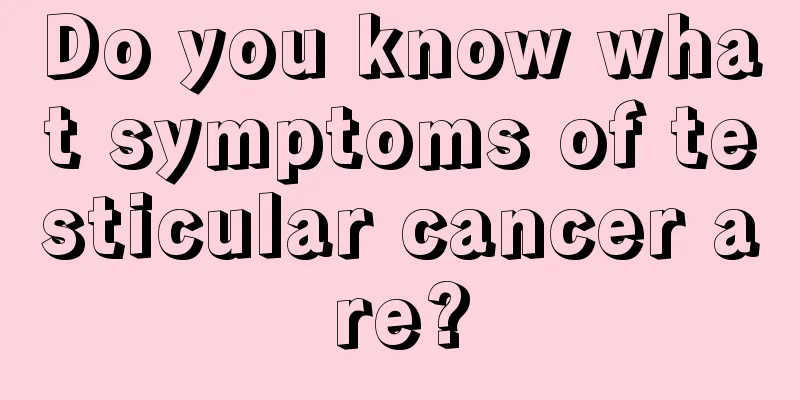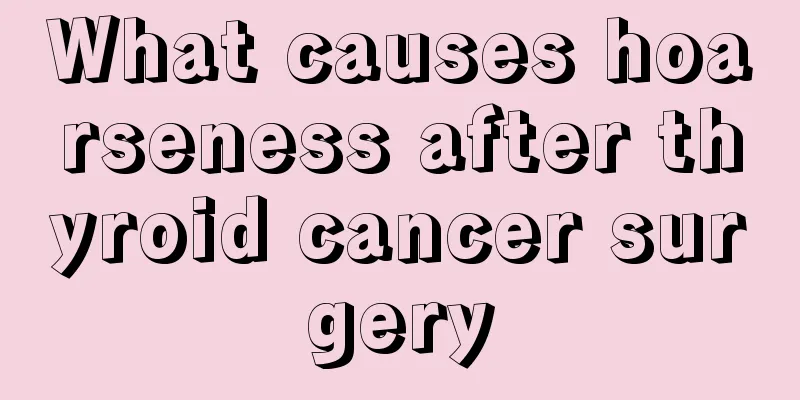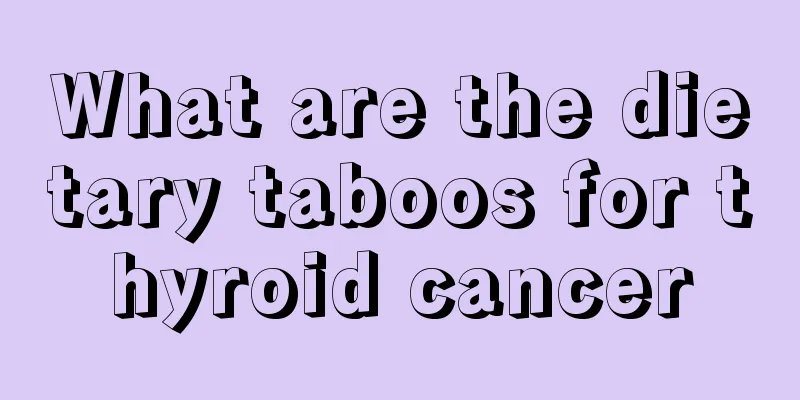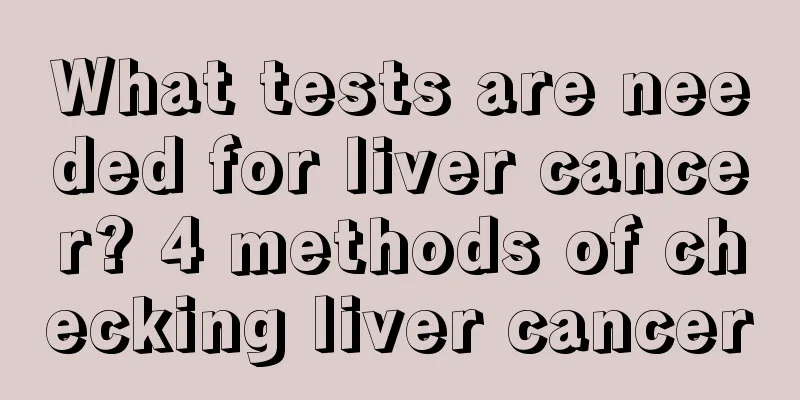Do you know what symptoms of testicular cancer are?

|
Do you know what symptoms testicular cancer has? Any disease has symptoms. Generally, in the early stage of the disease, the symptoms are not particularly obvious. If we feel very uncomfortable, the disease should have developed to the later stage. The symptoms of cancer vary according to the different stages. Okay, let's introduce the symptoms of testicular cancer. Most men with testicular cancer present with a swollen testicle. Associated symptoms include heaviness or pain. Severe pain is rare. Because testicular cancer often causes a decrease in sperm count, men occasionally present with infertility. About 25 percent of men present with symptoms caused by metastatic disease. Symptoms of metastatic disease may include back pain, shortness of breath, chest pain, or coughing up blood. The most common symptom is a gradual, painless enlargement of the testicles with a feeling of heaviness. The enlarged testicles of seminoma often maintain the outline of the testicles and have a consistent texture, while teratomas are nodular and inconsistent in hardness and softness. About 10% of patients feel pain due to intratesticular bleeding or infarction, and 10% of patients may have metastatic symptoms, such as large retroperitoneal lymph node metastases that compress the nerve roots and cause back pain. Pulmonary metastases may cause coughing and dyspnea, duodenal metastases may cause anorexia, nausea and vomiting, and bone metastases may cause bone pain. Testicular Leydig cell tumors should be considered when children have testicular masses and symptoms of precocious puberty, or when adults have gynecomastia and decreased libido. Testicular enlargement: 88% of patients have varying degrees of testicular enlargement. Sometimes the testicles are completely replaced by tumors, with a hard texture and the loss of normal elasticity. The surface is smooth in the early stage, but may be nodular in the late stage, and may adhere to the scrotum or even rupture. The scrotal skin may be dark red, and there are often tortuosity on the surface. When doing a light transmission test, it is not transparent. If the tumor is cryptorchid, lumps are often palpated in the abdomen, groin, etc., while the scrotum on the same side is empty. Some patients with testicular tumors also have hydrocele. Some are still normal or slightly larger, so they are rarely discovered by themselves. They are often discovered during physical examinations or treatment of other diseases. Some patients seek medical treatment because of a feeling of falling caused by testicular enlargement. Nearly 90% of patients lose testicular sensation and feel no pain. Therefore, it is generally believed that the tumor is a painless scrotal mass. It is worth noting that acutely painful testicular tumors can also be seen in clinical practice, but they are often considered to be inflammatory signs. The cause of pain is bleeding or central necrosis in the tumor, or pain caused by testicular tumors invading tissues outside the testicle. |
<<: Pathogenesis and classification of testicular cancer
>>: Summarize the symptoms of testicular cancer
Recommend
Early symptoms and treatment of cerebral infarction
The brain is the most important part of the human...
What are the daily care for fibroids
Fibroids have a relatively high incidence rate am...
Nutrition required for each layer of the skin
The nutrients required by each layer of the skin ...
Potato chips to remove dark circles, these problems are the most common
Nowadays, people often stay up late, which will c...
Do I need to move around after colon cancer surgery
Colon cancer is also a type of intestinal cancer....
What are the symptoms of gallbladder cancer associated with intestinal adhesions
What are the symptoms of gallbladder cancer with ...
Can stomach cancer be cured
Gastric disease is a disease that modern people a...
What kind of plants are good to put in a pregnant woman's room
It is appropriate to place some potted plants at ...
What are the early symptoms of lung cancer? There are four types
In current medicine, lung cancer is an obvious re...
What is the range of enhanced CT values for lung cancer?
What is the range of enhanced CT values for lun...
How much does it cost to have surgery for an ovarian tumor?
Ovarian tumors are a common malignant tumor in wo...
Is it good to put breast milk on the face?
As we all know, breast milk has high nutritional ...
What tests are needed before amniocentesis?
Amniocentesis is actually a method of screening f...
What kind of painkillers are effective in late stage liver cancer
What painkillers are effective for patients with ...
Is it good to drink oolong tea regularly?
Nowadays, people often suffer from skin allergies...









